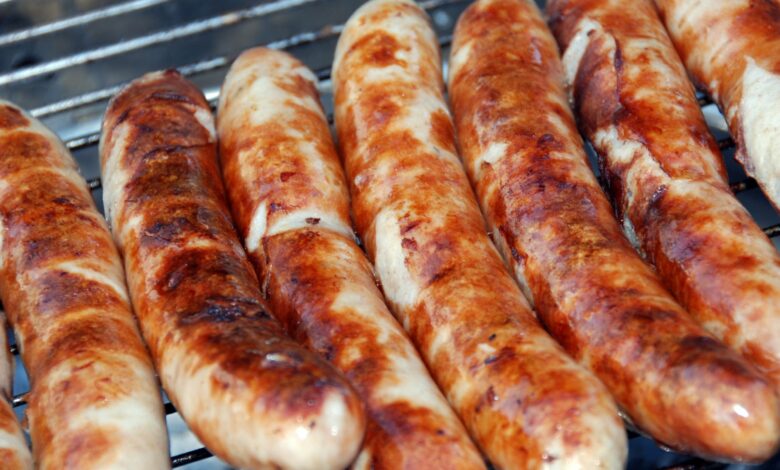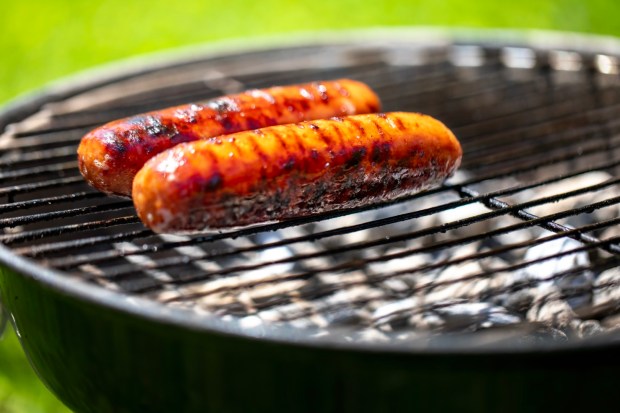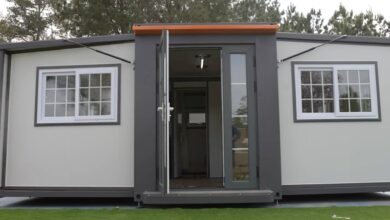Find out if you can reheat sausages


Whether you’re barbecuing or cooking a family dinner, there’s often leftover food.
Below we explain what you need to know about reheating sausages and how to do it safely.
Can you reheat sausages?
You can safely reheat any leftover sausages.
However, there is a time limit within which you can reheat this type of meat
Make sure that the sausages you want to reheat have been kept in the refrigerator for at least 2 hours after cooking.
They must then be eaten within three days after this time.
Learn more about reheating food
Serve the reheated pork warm and do not let it get too cold, to prevent bacteria from developing.
If you reheat this type of meat, keep in mind that it may be a little drier and tougher after cooking.
What is the best way to reheat sausages?
The best way to reheat sausages is in the microwave or on the stove.
In the summer you can also light the barbecue here and warm up.
But as with any pork product, the meat should be piping hot throughout before serving.
When heating sausages, make small incisions in the sausages so that they also heat up from the inside.
If the meat is in sauce or gravy, reheat it in the microwave or in a slow cooker.
Before heating, add a little water to prevent the food from drying out.
How many times can you reheat sausages?
It is safe to reheat sausages only once.
Make sure that food is consumed immediately after it is fully heated.
Do not let the reheated sausages cool down too much, or save them for later.
This can cause bacteria to build up in the sausage, which can make you sick with food poisoning.
Government advice on BBQ safety

The UK government has issued a number of guidelines to help you stay safe when barbecuing:
- Keep a bucket of water, sand, or a garden hose on hand for emergencies.
- Follow the safety instructions that came with your gas, charcoal or disposable barbecue.
- Never use a barbecue indoors, in a tent, under an awning or in a caravan.
- Use enough charcoal to cover the bottom of the barbecue, but no more (usually about 2 inches).
- Keep children, pets and garden toys away from the cooking area.
- Make sure the barbecue has cooled down after cooking before moving it.
- Throw ashes on bare garden soil, not in bins or wheelie bins. If they are hot, they can melt the plastic and cause a fire.
- Make sure your barbecue is not near sheds, fences, trees, shrubs or garden waste.
- In rural areas or public parks, only use disposable barbecues in specially designated areas and follow safety instructions carefully.
- Enjoy, but don’t drink too much alcohol when hosting the barbecue.
- Never use petrol or paraffin to light or re-ignite your barbecue; use only approved lighters or lighter fuels on cold coals.




